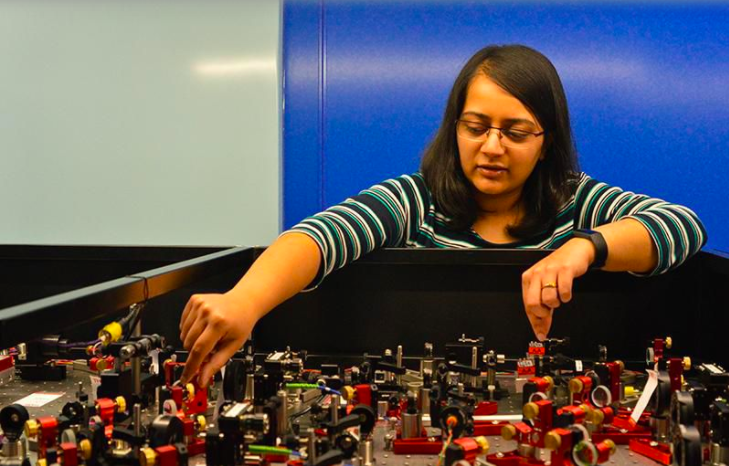
Smithsonian Magazine
AllSides gives Smithsonian Magazine a Center rating.
In July 2020, an AllSides editor conducted an independent review of the Smithsonian Magazine's website and gave it a Center rating for its straightforward, factual and well-researched writing. Smithsonian Magazine typically avoids political coverage, instead focusing on hard science, history, nature and technology.
Note that a Center media bias rating does not necessarily mean a source is unbiased, neutral, perfectly reasonable, or credible. It simply means the source or writer rated does not predictably publish perspectives favoring either end of the political spectrum — conservative or liberal.
Smithsonian Magazine is the official journal published by the Smithsonian Institution in Washington, D.C. Smithsonian Magazine is owned and published by the Smithsonian Institution, which is a group of museums and research centers administered by the U.S. government. The first issue was published in 1970. Smithsonian magazine and Smithsonian.com provides in-depth analysis of varied topics within a diverse range of scientific areas.
On the afternoon of March 23, Jagath Ekanayake was finishing a cup of tea when his supervisor, James Barringer, told him to clear out. Ekanayake, a scientist, engineer and inventor at Manaaki Whenua - Landcare Research Institute in New Zealand, is in charge of collecting data on soil moisture and temperature with wireless sensors. He was about to embark on a two-year ecological study to measure the health of soil on several farms stretching across country when the government moved to alert level four and his experiment was put on hold indefinitely. Ekanayake spent the remainder of the afternoon going back and forth from his lab to the parking garage—carrying his multimeter, his soldering station, his oscilloscope and numerous bags of cables, wires and circuit boards. He filled his trunk and slowly drove away.
By the first week of April, roughly four billion people—half the global population—were in lockdown. The lockdown had the impact of a blunt force injury, leaving researchers all over the world reeling and disoriented. At the University of Antioquia in Colombia, herpetologists working with critically endangered reptiles carried the temperature- sensitive unhatched eggs to their homes. NASA engineers quickly learned to pilot the Mars Curiosity rover remotely.











